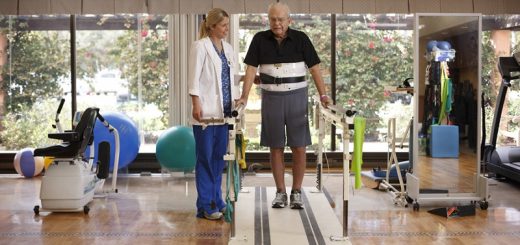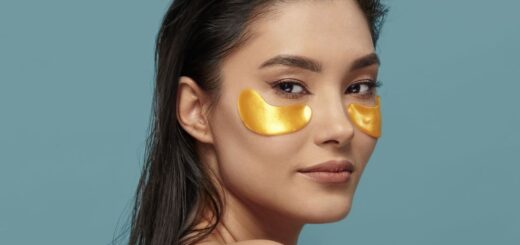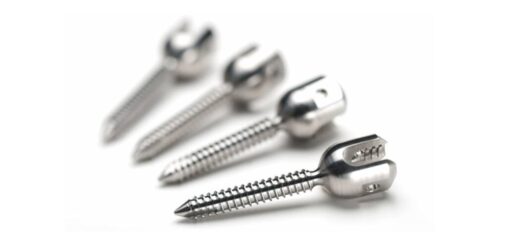Orthopedic Screws: A Comprehensive Guide
Orthopedic surgery relies on various implants to repair and stabilize bones, joints, and ligaments. Among the most crucial of these are orthopedic screws, specialized fasteners designed for the unique demands of the human body.
Why Are Orthopedic Screws Used?
Orthopedic screws are primarily used to:
- Fracture Fixation: Hold broken bone fragments together to enable healing.
- Joint Replacement: Secure artificial components (like those in knee or hip replacements) to bone.
- Osteotomy: Stabilize bones that have been surgically cut and repositioned.
- Ligament Repair: Anchor soft tissue grafts to bone during reconstructive procedures.
Types of Orthopedic Screws
Orthopedic screws are classified based on several factors:
1. Material:
- Stainless Steel: Strong, durable, and cost-effective. Used for temporary fixation or in areas with less stress.
- Titanium: Lighter, more biocompatible (less likely to trigger adverse reactions), and resistant to corrosion. Preferred for permanent implants and sensitive areas.
- Bioabsorbable Polymers: Made from materials that gradually break down and are absorbed by the body, these surgical screws are ideal for children or situations where screw removal is undesirable. If you’re concerned about the stability of the screws, you might wonder how to tell if surgical screws are loose in an arm. Read more to learn about the signs and symptoms to watch for.
- Design:
- Cortical Screws: Used in dense, compact bone (cortex). They have fine threads and a smooth tip.
- Cancellous Screws: Designed for spongy bone (cancellous). They have coarser threads and a wider tip for better purchase.
- Locking Screws: Feature threads both on the shaft and the screw head, allowing them to lock into a plate or other implant for enhanced stability.
- Lag Screws: Create compression between bone fragments by pulling them together as the screw is tightened.
3. Thread Type:
- Fully Threaded: Threads extend the entire length of the screw.
- Partially Threaded: Threads are only on a portion of the shaft, leaving a smooth collar that can glide through one bone fragment to create compression.
4. Head Type:
- Hexagonal: Requires a wrench for insertion and removal.
- Cruciform: (Phillips or Pozidriv) Can be inserted with a screwdriver.
- Locking: Has a threaded recess that accepts a locking screw for added stability.
Related: How Chiropractic Care Can Help With Back Pain in Bowling Green
How Are Orthopedic Screws Inserted?
Orthopedic screw placement is a precise procedure typically performed under general or regional anesthesia. The surgeon makes an incision, exposes the bone, and uses specialized drills and taps to create a pilot hole and threads for the screw. Once the screw is inserted, the incision is closed with sutures or staples.
Recovery and Risks
Recovery time after orthopedic surgery involving screws varies depending on the procedure and the individual’s health. Risks associated with orthopedic screws include:
- Infection: This is a concern with any surgical procedure.
- Screw Loosening: The screw may not integrate properly with the bone.
- Breakage: Though rare, screws can break under stress.
- Allergic Reaction: Some individuals may have sensitivities to certain screw materials.
Innovations in Orthopedic Screws
Research and development continue to improve orthopedic screw technology. Some areas of innovation include:
- 3D Printed Screws: Customized to the patient’s anatomy.
- Smart Screws: Sensors can monitor bone healing and send alerts if complications arise.
- Antimicrobial Coatings: Help prevent infection.
Key Takeaways
Orthopedic screws are a vital tool in the orthopedic surgeon’s arsenal, facilitating a wide range of procedures to repair and stabilize bones, joints, and ligaments.
If you’re considering orthopedic surgery, it’s essential to discuss the specifics of your procedure with your surgeon, including the types of screws that will be used and any associated risks or recovery expectations.
Disclaimer: This article is intended for informational purposes only and should not be considered medical advice. Please consult a qualified healthcare professional for diagnosis and treatment.














